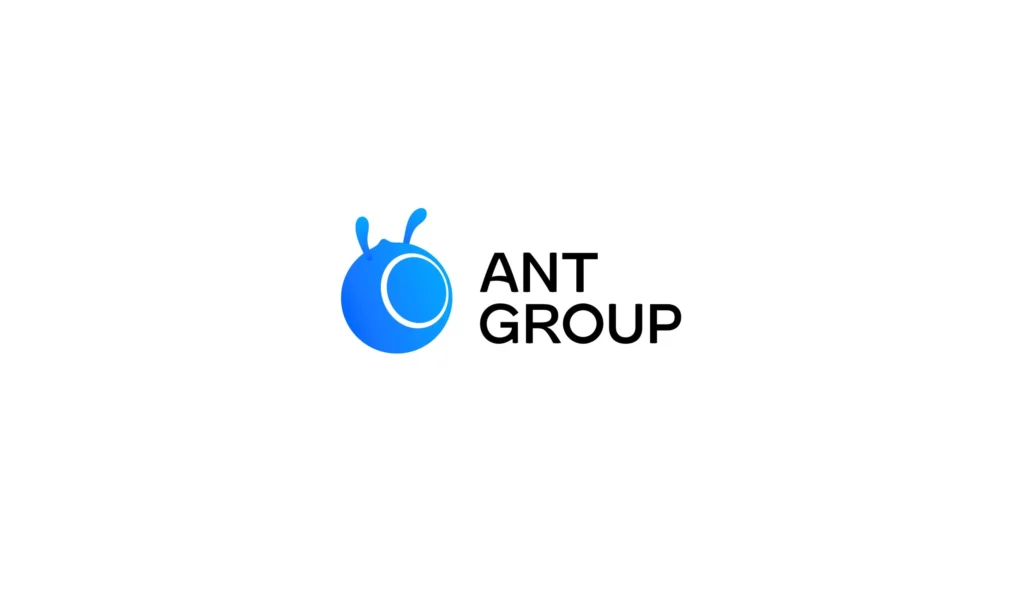Ant Group Unveils Trillion-Parameter AI Model to Tackle Reasoning Benchmarks with Innovative Dual Release Strategy

Ant Group has made a significant leap in the field of artificial intelligence with the release of its trillion-parameter language model, Ling-1T. Announced on October 9, 2025, this open-sourced model aims to merge computational efficiency with enhanced reasoning capabilities, showcasing Ant Group’s commitment to advancing AI technology across various architectures.
This breakthrough model highlights impressive performance in intricate mathematical reasoning, scoring 70.42% accuracy on the 2025 American Invitational Mathematics Examination (AIME) benchmark, which serves as a measure of an AI system’s problem-solving prowess. Notably, Ling-1T achieves this with an average of over 4,000 output tokens per problem, positioning it among top-tier AI models in terms of quality.
Accompanying the launch of Ling-1T is the dInfer system, a specialized inference framework developed for diffusion language models. This strategic dual launch signifies Ant Group’s vision of leveraging diverse technological methodologies instead of adhering to a single model type. Diffusion models, unlike conventional autoregressive models seen in tools like ChatGPT, generate outputs in parallel, mimicking techniques already effective in image and video processing but less used in language tasks.
Performance metrics for dInfer reveal significant improvements in processing speed, evidenced by its HumanEval coding benchmark tests. The dInfer framework managed 1,011 tokens per second, outpacing both Nvidia’s Fast-dLLM and Alibaba’s Qwen-2.5-3B models.
The release of Ling-1T forms part of a broader strategy by Ant Group, which has recently expanded its AI portfolio. This collection now includes three main series: the Ling models for standard tasks, Ring models designed for complex reasoning, and Ming models that handle multimodal inputs like text, images, and audio. Additionally, Ant is exploring an expert model framework known as LLaDA-MoE, which only activates relevant sections of the model for specific tasks, thus enhancing efficiency.
Ant Group’s CTO, He Zhengyu, emphasized the company’s philosophy around these advancements, asserting that the pursuit of Artificial General Intelligence (AGI) should be viewed as a common good for humanity. Through openly sharing the Ling-1T and Ring-1T-preview models, Ant Group aims to foster collaborative growth in AI technology.
The timing of these releases also reflects strategic maneuvers within China’s AI landscape, where limited access to cutting-edge semiconductor technology has pushed firms to focus on algorithmic innovations. Competitors like ByteDance have similarly embraced diffusion models, indicating a trend toward alternative approaches that promise greater efficiency in AI capabilities.
As Ant Group positions itself as a key player in the evolving AI sector, its open-source strategy could stimulate rapid technological advancements while building a community around its innovations. The success of the Ling-1T model will largely hinge on real-world validation and community adoption, which could solidify Ant Group’s role in shaping the future of AI development.
For more information, see the details on Ant Group’s developments as they relate to AI advancements and market positioning.
Discover the pinnacle of WordPress auto blogging technology with AutomationTools.AI. Harnessing the power of cutting-edge AI algorithms, AutomationTools.AI emerges as the foremost solution for effortlessly curating content from RSS feeds directly to your WordPress platform. Say goodbye to manual content curation and hello to seamless automation, as this innovative tool streamlines the process, saving you time and effort. Stay ahead of the curve in content management and elevate your WordPress website with AutomationTools.AI—the ultimate choice for efficient, dynamic, and hassle-free auto blogging. Learn More
